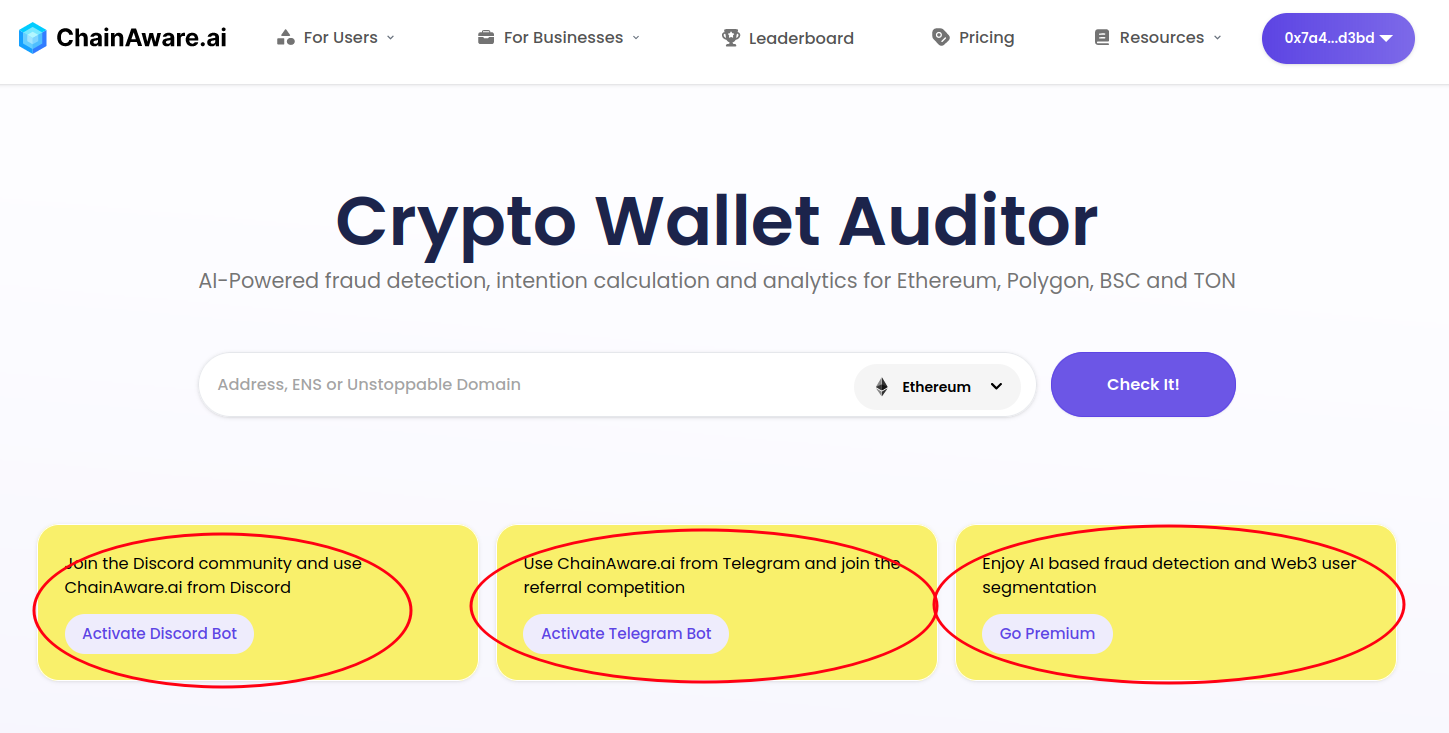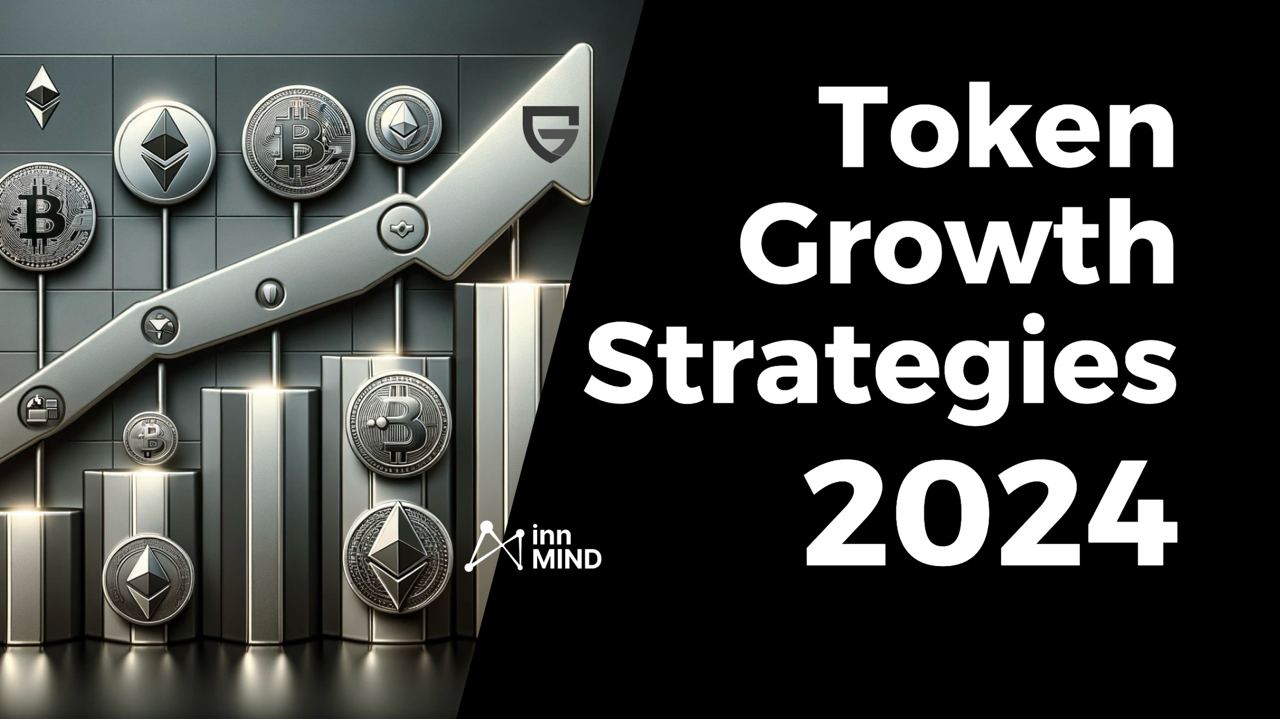Contributing author: Martin Ploom, Co-Founder of ChainAware
Traditional Web3 marketing uses these tools:
- Community management, which is about sending the same message to everyone
- Buying articles on the crypto media to create brand awareness, which then shows the same content to everyone
- Banners in the crypto media show the same banners for everyone
- Crypto influencers are sending the same message to everyone
- Quest systems, which reward the users, but this does not create any binding to the brand
You probably noticed that all these approaches send everyone the same message. We call it the “1930s marketing approach” because, at that time, marketing was mainly via newspapers, sending the same message to everyone, and then on the shopping floor (on the website), everyone saw the same message again.
Some tips and insights we keep as “newsletter only”. Take a moment to subscribe to our weekly web3 digest packed with useful tools, market insights, and exclusive opportunities tailored for founders and investors.
This method works, but it’s very costly. Primarily, it’s very costly for young Web3 startups, which have two challenges:
- build user base
- support and accelerate the token price
However, more effective ways exist to convert clients and generate revenue. And it’s nothing new – it is based on transferring the Web2 marketing approaches into the Web3 marketing:
- use intention-based targeting to get visitors to the website
- use 1:1 targeting on the website
It’s no longer “everyone gets the same message and visits the same shopping floor.” But “everyone gets the personalized message and visits a personalized shopping floor.”
It’s about entering intention-based marketing instead of mass marketing. As we are in the blockchain, combining intention-based marketing with blockchain analytics is natural. Every user is coupled to the wallet, and these wallets tell more about the user’s intentions than the users expect.
But are the intention-based marketing approaches something new? Not at all. That’s how Web2 marketing works. The difference is that Web2 user segmentation is based on the search and browsing history, which doesn’t have high predictive power. However, in Web3, we have wallet histories, which have very high predictive power.
Let’s analyze these transformational marketing approaches step by step. Let’s examine how to convert every Web3 project into a 1:1 marketing powerhouse.
Traditional Web3 marketing
Traditional Web3 marketing is crypto media, banners, and influencer-based. But is this a practical approach, i.e., does it lead to user conversions?
First, let’s ask the question—what is the cornerstone of user conversions? As we learn in any MBA marketing program, it’s personalized messaging, 1:1 targeting, and 1:1 marketing.
But how much of this textbook’s best practices are used in Web3 marketing? Let’s dive in:
Publishing media articles costs a lot of money and has nothing to do with personalized targeting. It enables general brand awareness and delegates the trust of the media publishers to the Web3 projects. It’s a supporting measure but a very costly supporting measure.
The other approach is using banner ads in crypto media; however, the message is the same for everyone in the banner ads. Every potential website visitor will get the same message independently of his intentions. At the same time, banner ads offer some segmentation capabilities, too—different crypto media have different consumers. This enables some personalized targeting.
Using the influencers costs even more of the spare startup funds
- usually, a project needs from one influencer multiple tweets and
- A successful campaign needs at least 15-20 influencers
But influencers have definitively nothing to do with 1:1 marketing:
- First, we don’t know who the influencers’ followers are
- Second, influencers send general messages to their audience, i.e., the same tweet to all followers.
Finally, when we get users to the website, Web3 projects offer all users the same message on their websites. It’s like going into a traditional shop, and every visitor sees the same shopping floor. Web3 marketers might think that’s OK, but we believe there are better ways to convert users.
This marketing approach results in low conversion because it does not resonate with visitors’ intentions. It also costs startups a lot of money.
What would be the alternative? Let’s return to Web2 and examine first how Web2 marketing works.
How does Web2 marketing work?
Here are two paradigms of the Web2 marketing:
- Intention-based marketing – users get intentions-based messages through marketing media channels.
- Users have personalized user interfaces. For example, compare your Amazon.com user interface with your friend’s. They differ because your and your friends’ purchase histories and intentions differ.
It’s no longer the “1930s marketing” style where clients get the same message and see the same shopping floor. It’s about targeting users with intention-based messages and offering personalized shopping floors – personalized websites.
Intention-based marketing means targeting users based on their intentions, i.e., not just based on attributes like geolocation, age, or interests, but their intentions because intentions lead to buying decisions.
How does Web2 calculate inventions? It’s based on users’ search history and website visits (tracked via thousands of different trackers). However, this data does not allow exact predictions of user intentions—users’ search history can be triggered by arbitrary triggers like website visits. However, it still allows a certain level of accuracy and intention calculation.
If you use Google Ads or Facebook Ads, you will not have access to these thousands of intention-based micro segmentations. However, the big Web2 platforms have access to this data and use it for targeting. It’s just a question of the ad budgets.
Personalized websites mean that users see customized websites that resonate with their intentions. The easiest way is to test this on Amazon.com – just compare what you see with what your peers see. This is not just Amazon.com – that’s every Web2 company using personalized websites.
If we compare now Web3 marketing (mass marketing) with Web2 marketing (intention-based marketing), then unit costs are much better for Web2:
- High user acquisition costs in Web3 – because sending the same message to everyone will not convert new users easily
- Low customer lifecycle revenues in Web3 are due to less cross-selling or up-selling, and everyone gets the same message.
An Inefficient Web3 marketing approach translates into much higher client acquisition costs than for Web2 projects. 20,000—330,000 Web3 projects face this issue today. What can they do?
What are the alternatives for Web3?
The alternative is to do the same what the Web2 marketing is doing!
- Use intention-based marketing to get users to the website
- Use 1:1 targeting on your website
Intention-based targeting to get users to the Website
When we have users’ blockchain addresses, then we can calculate a lot per user:
- user experience
- user willingness to take risk
- which protocols the user has used in the past
- which categories the user has used in the past
- and users’ intentions, i.e., their subsequent probable actions
User intentions are calculated either
- based on their past behavior – i.e., if the user borrowed in the past, then he will borrow in the future, too
- based on their future predicted behavior – i.e., predicting the subsequent actions of the users
Web2 intentions and Web3 intentions have significant differences. Web2 intentions do not have high prediction accuracy because they are calculated based on search history and website visits, which are pretty soft data.
Web3 intentions are calculated based on on-chain behavior and have a much higher prediction rate. This is because if you have to pay gas for your transactions, i.e., there is “proof of work” for your transactions, users do the transactions they need. There are no “social media,” “website visits,” or “search history” distractions—but it’s clean user data, resulting in high predictive accuracy.
The user intentions mean that, for example, Web3 projects can target:
- Compound Borrowers or Aave Borrowers or people who will Borrow in the future
- Compound Lenders or Aave Lenders or people who will Lend in the future
- and then can combine this with the experience or with the risk willingness of the users
1:1 Targeting on your Website
Every Web2 website is personalized based on the client’s intentions. Compare what you see on Amazon with your peers—each will have a different landing page.
Web3 websites, however, are mass targeting sites – the same message for everyone.
What about converting Web3 websites into personalized websites based on the “personalized banners”? The key idea is – when you get users to your platform (website, dapp or bot) – have a conversation with your users:
- For example, “Compound Borrower,” i.e., users who borrowed earlier at Compound will get a specific message
- For instance, “Lido stakers” – i.e., users who staked at Lido will get another personalized message
- For example, “Maker borrowers” – i.e., users who minted DAI at Maker will get another personalized message
But not only this:
- Connect the 1:1 targeting with your rewards system and offer special rewards to the new joiners
- Or provide special rewards to the existing users for cross-selling
Customized banners are configurable via the user interface; marketers can change them anytime.
Here is an example from the ChainAware.ai website:

Here is how the configuration looks for the “Go Premium”:

Web3 projects can define:
- their stylesheets
- different personalized banners per landing page
- choose where to place the 1:1 targeting banners
- define us many personalized banners for as many conditions as they would like
The result is that no longer will “everyone see the same shopping floor” but “everyone will see a personal shopping floor” based on his transaction history.
Next steps
Here are our recommendations:
Projects with advertisement restrictions
If you are a DEX or Borrow/Lend project, you have advertisement restrictions, meaning your choice of ad systems is limited. If this is true, you must stick to the “old methods”—crypto media, banners, influencers, and quests. It would help if you tried to choose the most resonating with your potential users.
Step 1. You can still use interest-based targeting to drive users to the website—i.e., target the users whose interests resonate with your offering. You can do this by choosing crypto media that resonate most with your product offerings and placing media articles or banner ads.
Step 2. When new users are on the website, use 1:1 targeting messages instead of “1930s style of same shopping floor for everyone”.
Projects without advertisement restrictions
You have no advertisement restrictions if you are not a DEX or Borrow/Lend project.
Step 1. Start to generate traffic to your website with:
- intention-based wide targeting and
- intention-based narrow targeting
Step 2. When users are on the website, you can target them with 1:1 messages based on their address history and intentions.
What is the success rate of this method?
You can calculate 2x effectiveness improvement on every step:
- 2x more visitors to your website with the same budget
- 2x more visitors to connect their wallets than without 1:1 targeting
- 2x more connected wallets to transact than without 1:1 targeting
This method brings your Web3 marketing unit costs to the same level as Web2. This means you can compete with Web2 platforms regarding user acquisition costs.
On the cash flow side, this method directly translates into higher client conversion rates, revenues per client, and cross-sales per client.
On the innovation side, It also means you can reduce your marketing budget and allocate more funds to real innovation.
How to get started
Get started with 1:1 targeting and personalized messaging with a special perk for InnMind community from ChainAware with 3 months of free platform use! Mention InnMind in the contact form description to claim the perk & get personalized onboarding!
This and many other perks can be found here.
About the author
Martin is an old guy in Web3 and crypto (Co-Founder of SmartCredit.io and ChainAware.ai). You can reach him via his LinkedIn or directly via InnMind profile.
More Details
Read also:
Token Growth Strategies 2024: Proven Tips for Web3 Startups
Unlock the secrets of successful token growth in 2024 with our guide & strategies for Web3 startups to elevate your crypto token performance

7 Web3 Marketing Tools, Revolutionizing Digital Marketing
The Best Web3 Marketing Tools reshaping digital marketing strategies & 7 startups leading in decentralized tech for innovative audience engagement

- SEO Powered Content & PR Distribution. Get Amplified Today.
- PlatoData.Network Vertical Generative Ai. Empower Yourself. Access Here.
- PlatoAiStream. Web3 Intelligence. Knowledge Amplified. Access Here.
- PlatoESG. Carbon, CleanTech, Energy, Environment, Solar, Waste Management. Access Here.
- PlatoHealth. Biotech and Clinical Trials Intelligence. Access Here.
- Source: https://blog.innmind.com/web3-marketing-how-to-dock-to-the-untapped-potential/